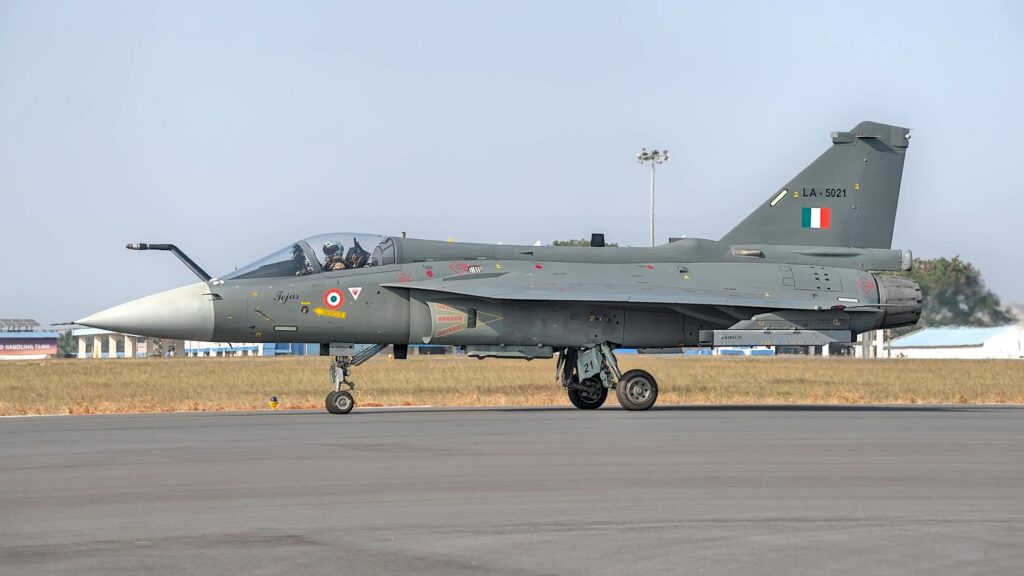US-India Jet Engine Deal: A Big Boost for Tejas Fighter Jets?
So here’s the thing—the US and India are about to shake hands on a defense deal that could seriously upgrade India’s air power. And I’m not just talking about buying some fancy equipment off the shelf. This is about getting American jet engine tech—the kind that powers beasts like the F/A-18 Super Hornet—for our homegrown Tejas fighter. Big deal? You bet. But let’s break it down properly.
What’s Actually in This Deal?
The Nitty-Gritty Details
At its core, it’s about GE Aerospace’s F414 engines. Now, here’s what makes this special: America doesn’t usually share this level of tech outside its closest allies. We’re talking co-production here—not just buying ready-made engines. That’s huge for India-US relations. Like, remember how hard it was to get even basic tech transfers back in the day? Times have changed.
When Can We Expect This to Happen?
From what I’m hearing, they’re in the final rounds of negotiation. If all goes well—and let’s be real, with defense deals there’s always some last-minute drama—we might see the first engines landing here in about two years. After that? Full-scale production in India. The timing makes sense too, what with all the border tensions these days.
Why the Tejas Desperately Needs This Upgrade
The Engine Problem Nobody Talks About
Let me put it this way: the Tejas is like a sports car with a scooter engine. Our Kaveri engine project? Stuck in development hell for years. So we’ve been using older engines that just don’t cut it anymore. The result? Our jets can’t carry as much, can’t fly as far, and honestly, can’t compete with what Pakistan and China are putting up in the air.
How the F414 Changes Everything
This engine packs 22,000 pounds of thrust—that’s about 35% more muscle than what we’ve got now. Imagine going from a Maruti 800 to a BMW overnight. Suddenly, the Tejas can actually be the fighter jet it was meant to be: faster, more agile, able to carry serious firepower. Pakistan’s JF-17s won’t look so hot anymore.
The Bigger Picture: What This Means for India
Not Just About Hardware
Here’s where it gets interesting. Under Make in India, we’re not just assembling parts—we’re getting the know-how. Thousands of skilled jobs, Indian engineers learning cutting-edge tech… this could kickstart our entire aerospace sector. My cousin works at HAL, and let me tell you, the buzz there is unreal right now.
The China Factor
Obviously, Beijing isn’t thrilled. They’ll probably rush some upgrades to Pakistan’s jets in response. But here’s the thing—this deal shows America’s serious about countering China in our neighborhood. For India? Best of both worlds. We get top-tier tech without the usual political baggage that comes with Russian or European deals.
But It’s Not All Smooth Sailing
Potential Speed Bumps
US export controls can be a nightmare—just ask anyone who’s dealt with ITAR regulations. And you know how our own bureaucracy works. Between American red tape and Indian babudom, there’s plenty that could slow this down.
The Self-Reliance Question
Long-term, we can’t keep depending on foreign engines. The Kaveri program needs to get back on track, no matter how many times it’s failed before. Because at the end of the day, real power comes from making your own stuff.
What People Are Saying
A Pentagon guy told me off the record: “This pulls India firmly into the Western defense orbit.” Meanwhile, Chinese media is pretending not to care—which means they probably care a lot. And Air Marshal Ramesh (retired) made a good point: “Better engines are great, but we need to think beyond just upgrading old platforms.”
The Bottom Line
Look, this isn’t some magic solution that’ll make India’s air force invincible overnight. But it’s a massive step forward. For the first time in ages, we might actually have jets that can go toe-to-toe with what our neighbors are flying. The real test? Whether we can take this tech and build something even better down the line. One thing’s for sure—the game’s changing, and India’s finally getting some decent cards to play.
Source: Navbharat Times – Default

